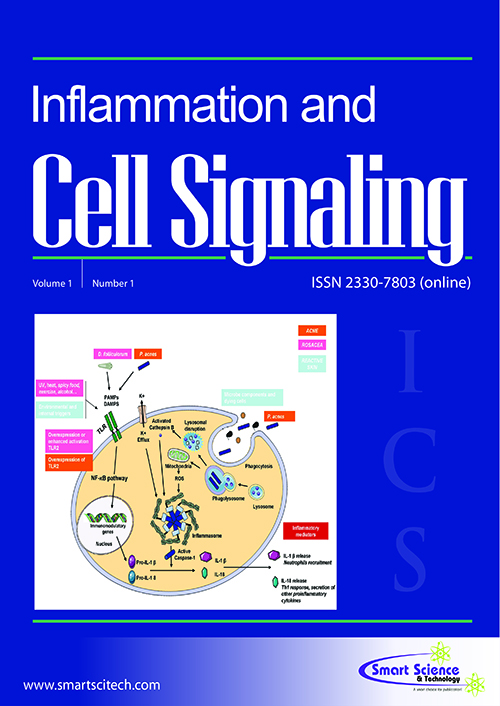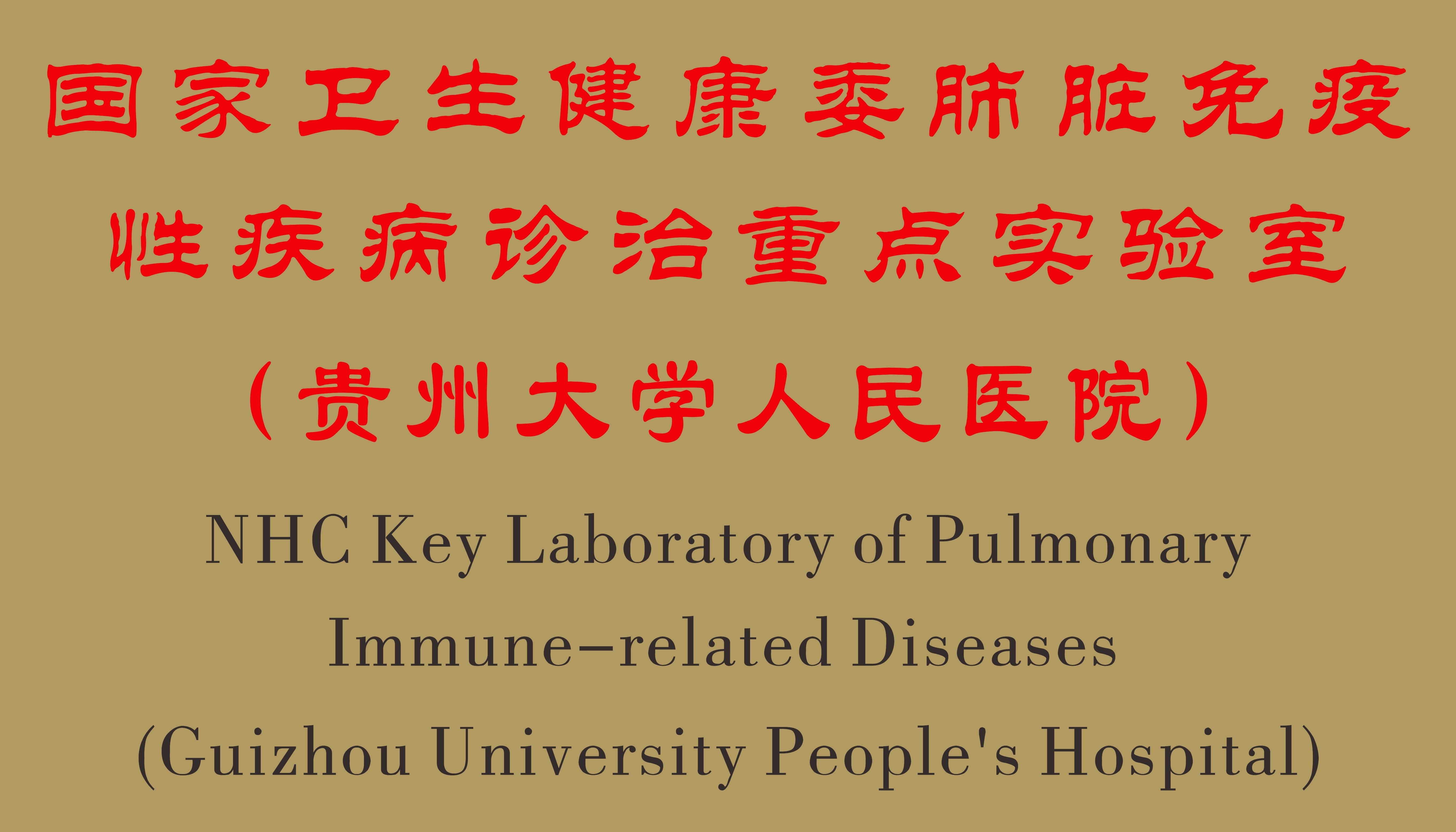The value of diagnostic model on COVID-19 by Comparing the Features between SARS-COV-2 and other viral infections
DOI: 10.14800/ics.1197
Abstract
With the expansion of 2019 novel coronavirus disease(COVID-19), large of suspected cases were reported. This essay compares the clinical features of severe acute respiratory syndrome coronavirus 2 (SARS-CoV-2) infections and other viral infections among the suspected COVID-19 patients, and attempts to explore an ideal diagnostic model of COVID-19. 60 viral pneumonia patients from 86 suspected patients were enrolled and grouped into two: the COVID-19 group (19 cases) and other viral infections group (41 cases). Compare and analyze the blood test results, biochemical indicators and chest CT scan changes of patients. 60 patients were mainly young and middle-aged men, of which 60%were infected with influenza virus, and 31.6%were infected with SARS-COV-2 according to pathogenic distribution. And we found statistic differences among blood cell counts and blood biochemistry between the two groups. The COVID-19 patients' chest CT showed that the lung lesions were mainly bilateral nodule or appeared to be patchy and ground glass shadowed. While most of the lung lesions caused by other virus were mainly unilateral patchy shadow (P?0.05). We found a new multi-marker PTG, which composed of platelet-to-neutrophil ratio(PNR), total bilirubin(TBIL) and ground-grass density, The area sunder curves(AUC)of PTG was 0.908, the sensitivity was 73.17%and the specificity was 94.44%. The ratio of blood RT to its sub-group and chest CT were considered as important reference in differential diagnosis. The PTG, with extremely high specificity and sensitivity in early differential diagnosis of COVID-19 and other viral pneumonia, had a significant clinical value.














